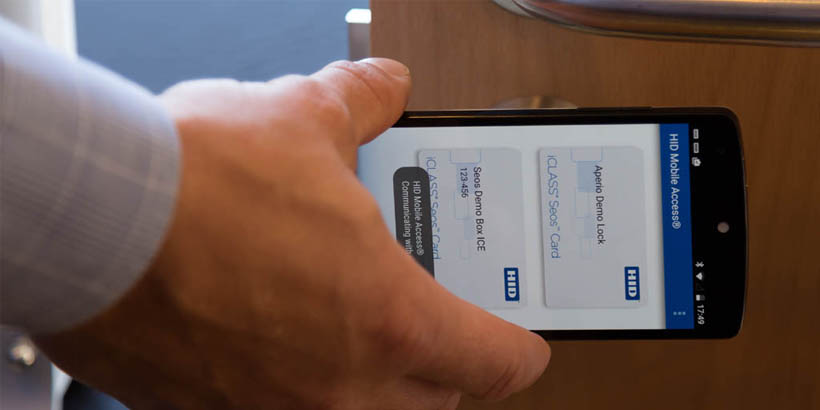While the commercial landscape has changed dramatically in 2020, there are signs that 2021 could see a return to some degree of normality. However, for many businesses and organisations, it won’t be a case of simply slipping back into the established ways of working. People will rightly be nervous of possible causes of infection, businesses will need to take steps to ensure staff, visitors and contractors are protected, and preparations will need to be made to address any future infections or outbreaks. For many sites, it is critical the potential on offer from advanced access control solutions is considered.
There is a growing sense of optimism evident in the business world as we approach 2021. The promise of vaccines to help tackle the COVID-19 pandemic, coupled with a better understanding of how to create environments which are COVID-Secure, promises a return to consistent working, albeit with a number of steps to address risks, both current and future.
It could be argued that the business world has been lucky in recent years, with several expected pandemics not having a devastating impact on business operations. However, COVID-19 has been a stark reminder of just how disruptive a pandemic can be. In a world where free movement and virtually unlimited travel is usually taken for granted, the potential fallout from pandemics will remain a real risk for many years to come.
As businesses and organisations see light at the end of the tunnel with regard to COVID-19, there is also something of a realisation that a significant threat to normal operations still exists. Firstly, the COVID-19 crisis is not yet over and the management of people and spaces remains a priority. Secondly, the degree of disruption caused by the pandemic could be repeated with a mutation of the virus or a new strain becoming infectious in people.
Risk management strategies must include planning for pandemics and infection control in the future, and as such a growing number of end users are looking to make investments in new technology, or upgrade existing systems, to mitigate such risks and threats. The access control sector, which plays a pivotal role in the management of people and spaces at many sites, offers a number of flexible options which can assist in pandemic and infectious disease control, both ensuring compliance with current and future regulations while also enhancing user satisfaction and acceptance of technologies.
Learning more
HID Global is a leader in the manufacture of physical access control and trusted identity-based solutions. Given its prominent position in the sector, the company is well placed to offer assistance and support to businesses and organisations looking to mitigate risks associated with the current COVID-19 pandemic and other potential threats of a similar nature.
The company has put together a white paper, titled Returning to the Workplace, which addresses the many challenges faced by businesses and organisations which need to provide a safe and clean work environment which not only meets the regulations, but also has a focus on public health awareness, social distancing and hygienic spaces, all of which are growing concerns for employees and visitors.
As workplaces reopen, there is a need to implement new procedures, and leveraging technologies can help to alleviate employees’ concerns. Access control can enhance safe back-to-work strategies through the implementation of contactless physical access technologies, including mobile credentials, as well as through the use of location services and visitor management tools.
Touchless access control can be deployed in various ways, helping to reduce the number of touchpoints which can spread infections. By reducing contact between people and access control hardware, the risk of potential cross-contamination is reduced. Automatic door operators, revolving doors and sliding doors can reduce contact at entry and exit points, and can be linked with contactless credentials and readers. Long-range readers using Bluetooth Low Energy (BLE) can distance employees, and mobile access reduces the need for users to touch cards and communal readers.
The whitepaper explains how the various technologies work and explains the creation of hygienic and efficient solutions. It also looks at best practices when creating a COVID-Secure workplace, and offers a vision of how a holistic approach to contactless access control can aid compliance and enhance on-site safety for all stakeholders.



